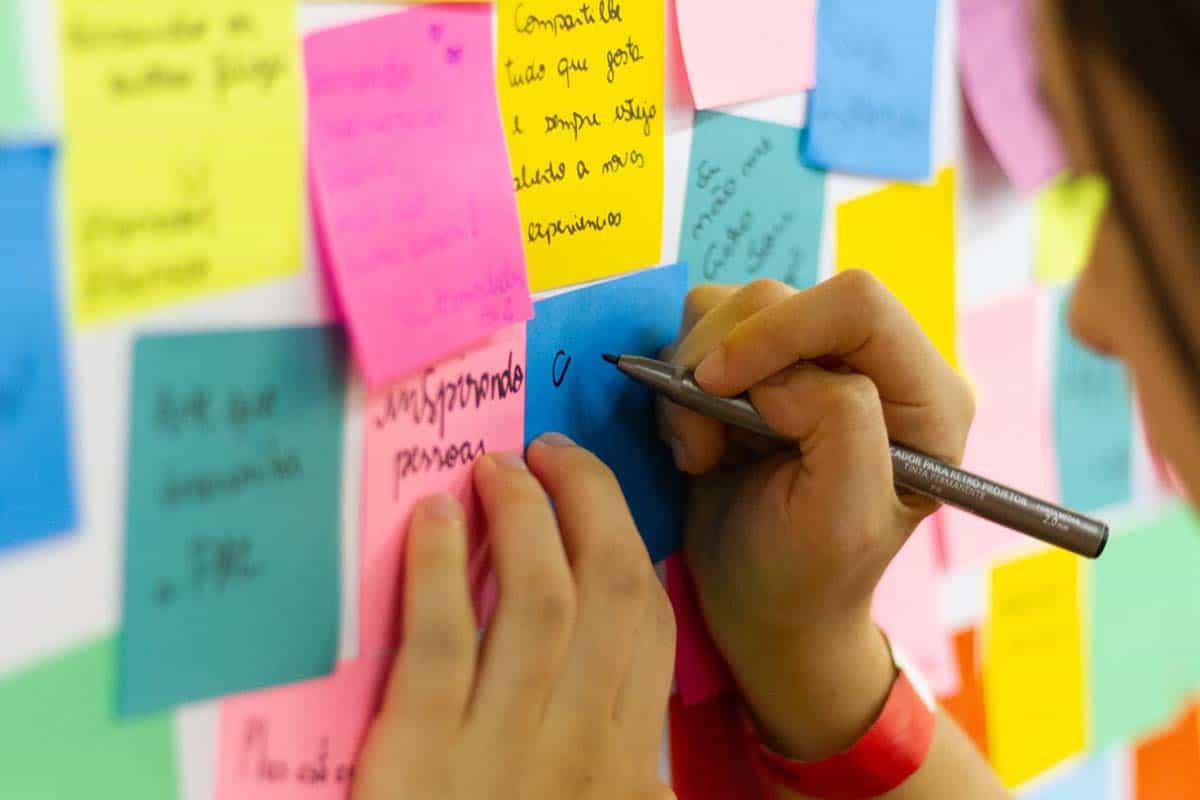
Every UX/UI design agency enterprise can be considered an integral structure consisting of employees, managers, clients, and their interactions with each other. In this post, you will discover how to organize the processes in a design firm to maximize the efficiency and quality of your solutions.
Building a UX/UI Design Process Step-By-Step
Let’s take a quick look at the stages that every digital product has to go through in order to be successful.
Research
Professional UX/UI design firms like the ones on this list always begin with user research to better understand the needs of the people for whom the project is intended, as well as the context in which they will use it.
The key to a project’s success is involving all developers and product owners from the very beginning of the process. They should feel like they are a part of the process and can offer their ideas.
These actions should be taken at this stage of the project:
1. Stakeholders Interview
An interview with a client is the most critical tool to help you understand your business goals and give you a lot of information about the subject area you will be working on. It is essential to study the industry and guess who the product’s primary users are and what problems this product solves.
2. Competitor Analysis
Competitive analysis quickly deepens our understanding of the problem space and range of design options.
For example, if the service or product has many competitors, creating the right platform (one that will stand out from the competition) is extremely important. If we want to solve users’ problems, it is essential to analyze what others have done before.
3. User Feedback
At this stage, it is crucial to understand what we can offer to product users, what needs they have, and what problems may arise.
Analysis
Furthermore, the main task is to analyze all the information received from the client and create a persona or user journey. Every professional UX/UI design agency has its method of analyzing the users’ information, but these two techniques are the most popular.
1. Creating Personas
In the case of our application, we had the opportunity to communicate with the buyers of the product and create several characters. Here you can find some tips on how to create personas.
2. User Journey Map
This is created to understand how the user can behave during the first encounter with the product and its constant use. Here we will determine all possible behaviors, what problems the user may have, what emotions can arise, and what experience they can get at each stage of using the product.
Design
The design usually consists of several steps:
Sketching
At this stage, the designer briefly describes their ideas on paper or in a special app. They represent some screens, basic layouts, where the main elements are going to be located, and the app’s logic. It is more like a brainstorming that allows as well to demonstrate your ideas to your colleagues and clients.
Wireframes
The easiest way to understand the essence of a wireframe is to imagine how you are going to build a house. Before thinking about color schemes and interior items, the architect must draw a floor plan. The wireframe is the layout of your website or application. A vessel that you fill with design and content.
At the first stage, you make pencil drafts on paper – low-fidelity prototypes. Next, you will create a high-fidelity prototype, which will help us better understand the final result and display more accurate dimensions and style. Then it is possible to start working on a clickable prototype that illustrates what the final version of the product will look like.
Prototype
Wireframes were translated into interactive prototypes that allow one to model interaction with design.
You can then receive early user reviews and realize how customers want to interact with your design. The prototype helps identify usability issues before you write code.
Testing
After creating a reliable prototype, you then need to test the product. You can collect a focus group, watch how they interact with the product, offer questionnaires, or talk to customers to identify when they feel confused or unsatisfied. The main goal for testing is to fix problems, so it is better to conduct testing as soon as possible. It is also standard practice to do it multiple times over throughout the product development process.
If you understand that you need to change something after user testing, you have to return to the previous steps.
Conclusion
It is possible to organize the design process in different ways. However, the steps that were described above are the most common. These practices can be applied to both an in-house design department or a small agency and a large corporation with many different orders.





